
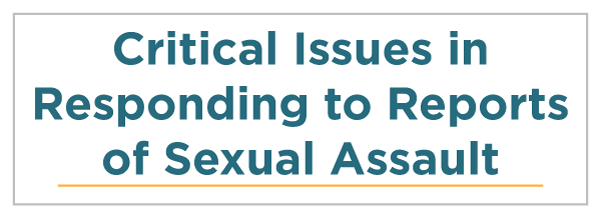 |
 |
 |
 |
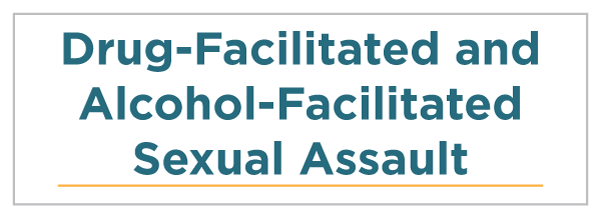 |
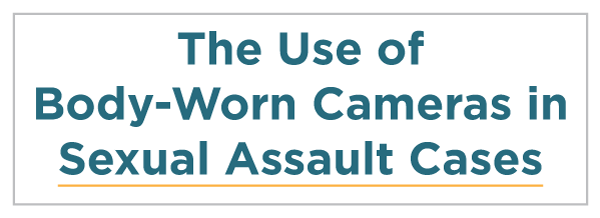 |
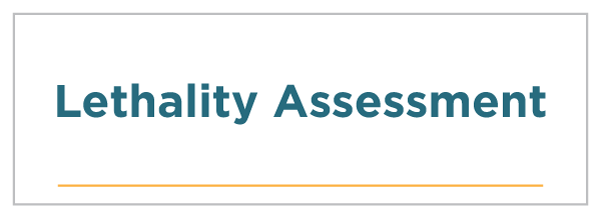 |
 |
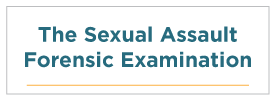 |
 |
 |
 |
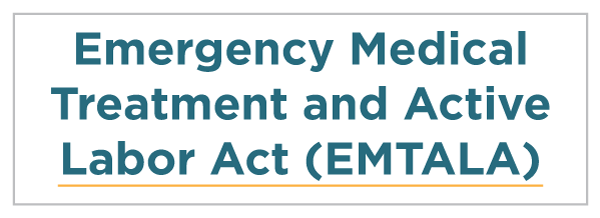 |
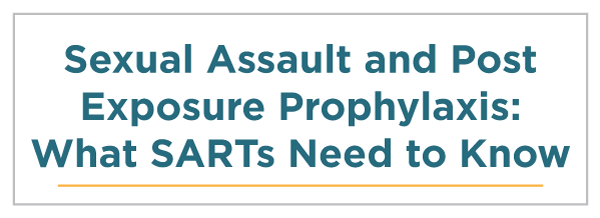 |
 |
Any provider working with victims of sexual assault where the offender is an intimate partner — often referred to as intimate partner sexual violence (IPSV) — should be trained in the use of lethality assessments or be familiar with the risk factors of IPSV. Individuals who are experiencing IPSV may be at risk of lethality, and appropriate awareness and training ensures more informed providers can identify and interrupt potentially lethal situations. Lethality assessments contributed to the rise in awareness and education about strangulation. SARTs can use evaluation or case review to identify opportunities to for education, prevention, or systems change.
Lethality risk assessment is important because — [84]
Attempts to evaluate the risk of homicide consistently in domestic violence cases began in the 1980s, with Barbara Hart’s list of risk factors [85] and Jacquelyn Campbell’s Danger Assessment. [86]
Further research on intimate partner homicide identified that —
It is important for SARTs to know how to use lethality assessment tools, such as the Lethality Assessment Program (LAP) that can help them identify high-risk cases. In 2003, the Maryland Network Against Domestic Violence (MNADV), noticing the identified gaps in services to victims who were murdered, developed the LAP for use by first responders.
The LAP includes a risk assessment screen to be used by first responders to identify and immediately connect individuals with the highest risk to advocacy. The LAP is also used to educate victims on risk factors of lethality as part of empowerment-based safety planning. Connecting victims to advocates enhances safety and improves the possibility victims will seek other services such as shelter, law enforcement, and medical services. After implementing the LAP, Maryland experienced a 34 percent drop in intimate partner homicides between July 2007 and June 2012. [90]
Over time, additional risk assessment programs were developed, and research continues to review and comment on their effectiveness. The lethality assessment screening tool is currently used as a component of the LAP in 32 states, with continued success.
A SART’s jurisdiction may use a lethality risk assessment instrument as part of domestic violence protocol or other coordinated community responses. SARTs should be aware of and familiar with any lethality risk assessment instruments being used in their jurisdiction. As those who commit domestic violence also commit sexual assault, victims may seek supportive services to address a sexual assault. Victims at risk may present to many of the disciplines represented on the SART. If the entire team knows how to assess lethality risks, more victims can be connected to advocacy services, which have been shown to reduce the risk of serious injury or homicide.
Assessing Risk Factors for Intimate Partner Homicide (PDF, 6 pages)
This article in the National Institute of Justice Journal analyzed the Danger Assessment, finding that despite certain limitations, the tool can, with some reliability, identify women who may be at risk of being killed by an intimate partner.
Domestic Violence Lethality Screen for First Responders (PDF, 1 page)
This checklist by the National Center for Campus Public Safety helps first responders screen for lethality by asking the victim a series of questions.
Review of Lethality Assessment Programs (PDF, 25 pages)
This report by the Virginia Department of Criminal Justice Services describes a lethality assessment program, including the goals of the program and how it works, the experiences of states and localities, and what it takes to prepare to implement such a program.
Maryland Network Against Domestic Violence
MNADV receives funding from the Department of Justice, OVW, to serve as the LAP Training and Technical Assistance Provider.
Domestic Violence Benchbooks: A Guide to Court Intervention (PDF, 40 pages)
This guide from the Center for Court Innovation provides a recommended set of practices regarding domestic and sexual violence. Since laws differ from state to state, this guide focuses on the dynamics of domestic and sexual violence.
Domestic Violence Risk Assessment Bench Guide (PDF, 2 pages)
Developed by the Battered Women’s Justice Project, this guide supports judges in evaluating risk factors for victims of domestic violence.
Family Court Judicial Guide to Domestic Violence Risk Factors (PDF, 3 pages)
Based on New York law, this guide is to assist family court judges in identifying domestic violence risk factors and to offer legal remedies, and assist courts in crafting temporary and final custody, parental access, and visitation orders in cases involving domestic violence.
Danger Assessment (PDF, 6 pages)
Developed by Jacquelyn Campbell in 1985, with subsequent updates, this tool covers risk factors associated with homicides of batterers and battered women.
Lethality Assessment Program — Maryland Model (LAP) (PDF, 16 pages)
This model by the Maryland Network Against Domestic Violence includes a screening protocol for law enforcement and domestic violence service programs as well as best practices.
Ontario Domestic Assault Risk Assessment (PDF, 4 pages)
This assessment, created by the Ontario Provincial Police and the Ontario Ministry of Health and Long-Term Care, helps identify the risk of violence against an intimate partner.
Spousal Assault Risk Assessment (PDF, 3 pages)
This risk assessment by the British Columbia Institute on Family Violence is used to determine violence in the context of a spousal relationship.
| Back | Index | Next |
